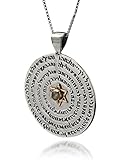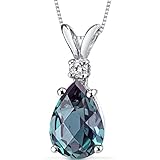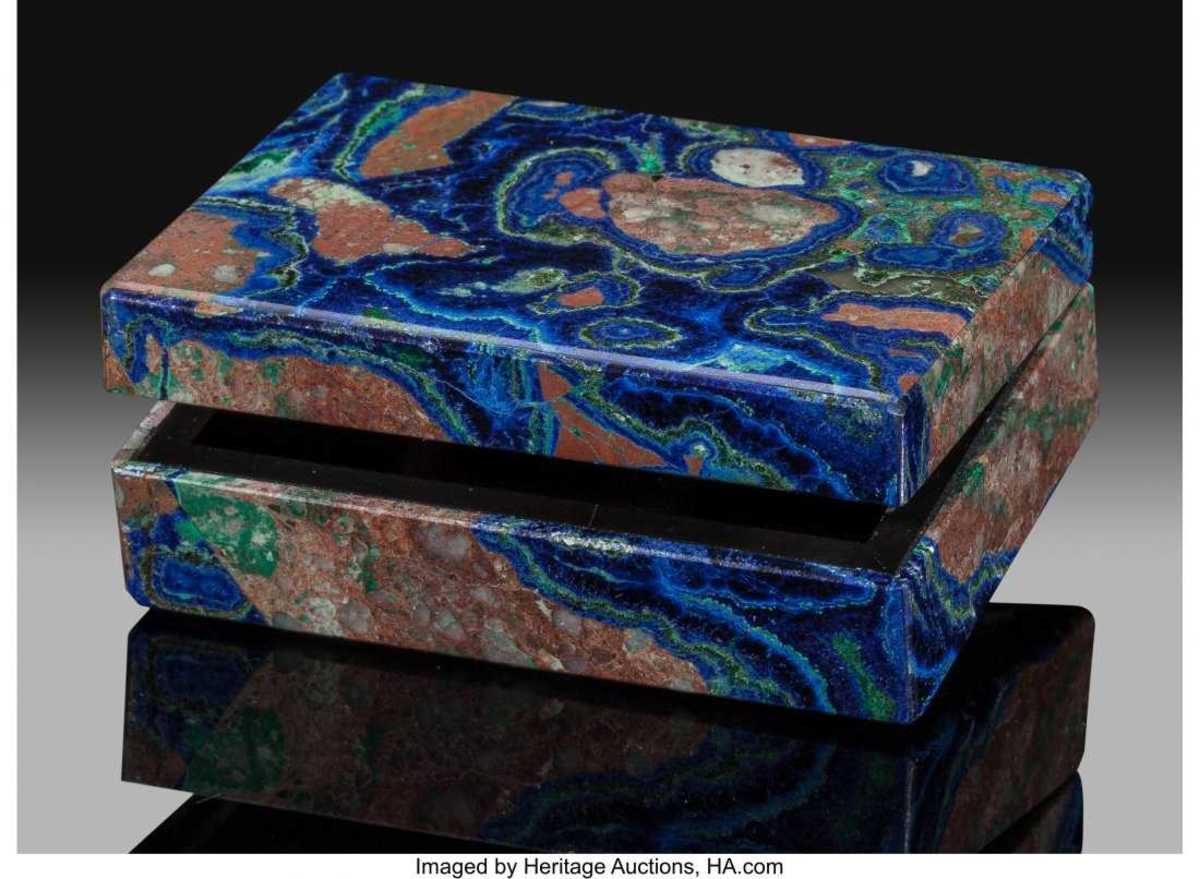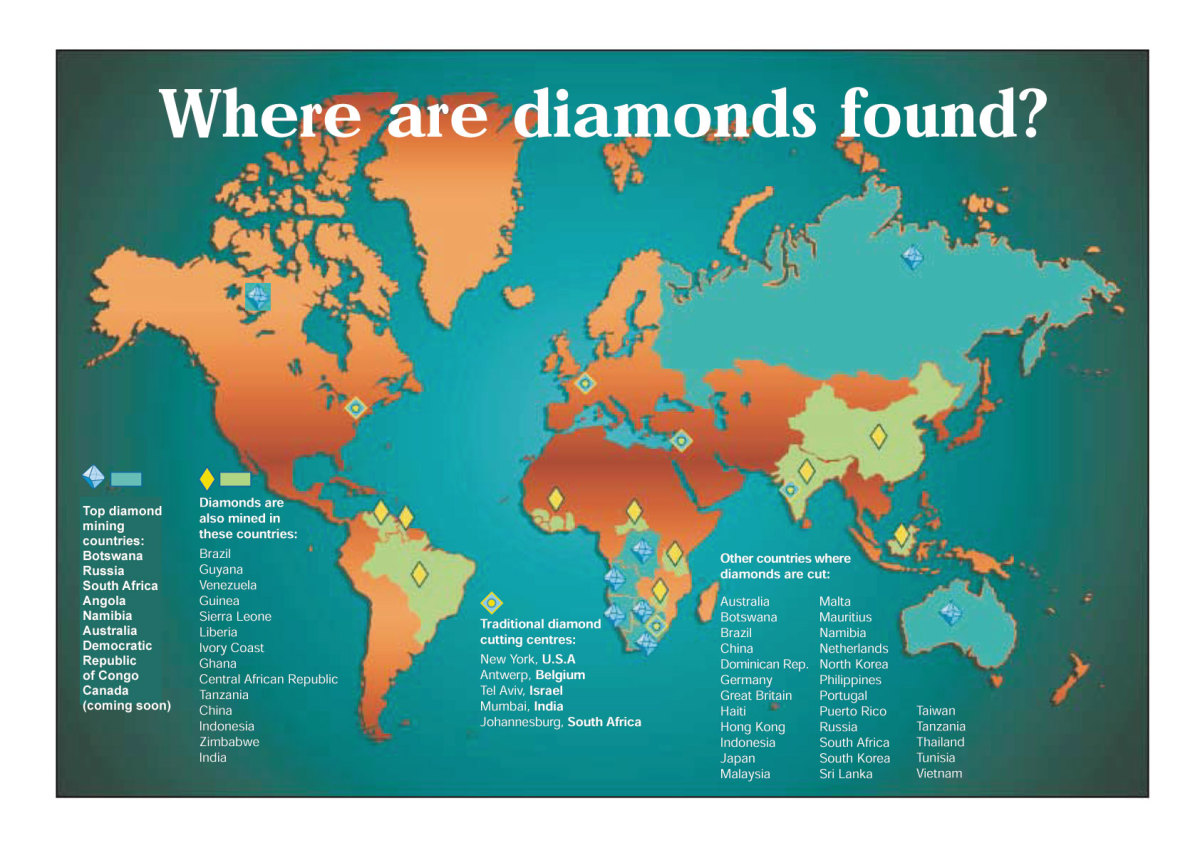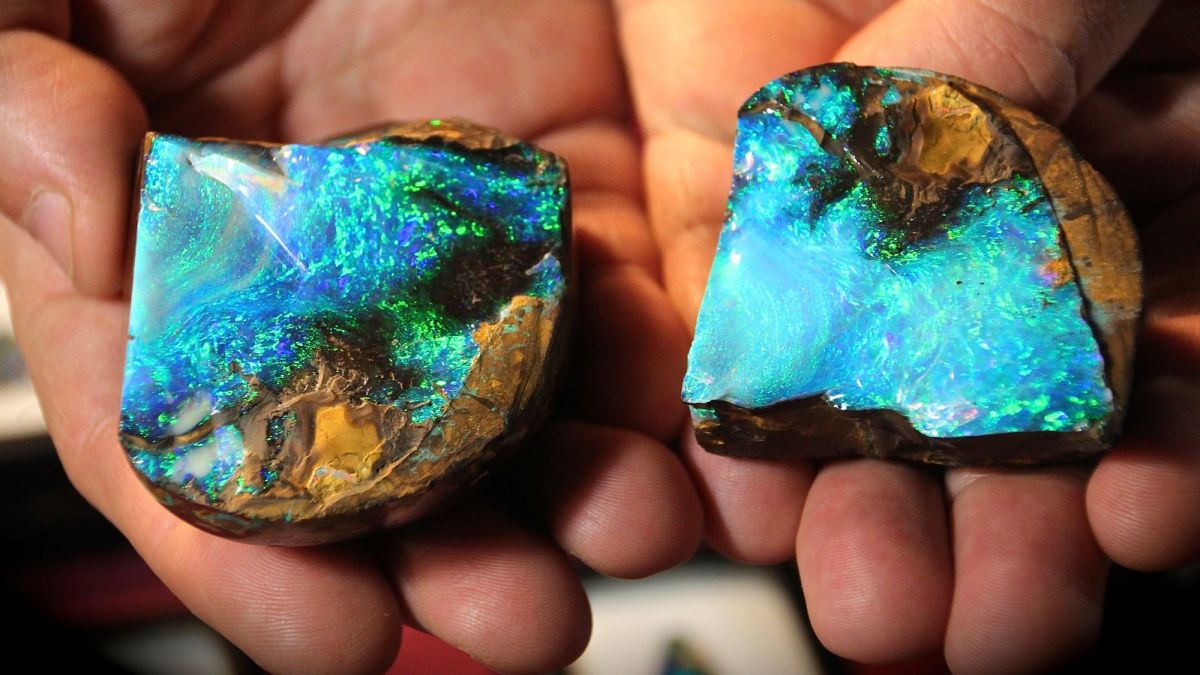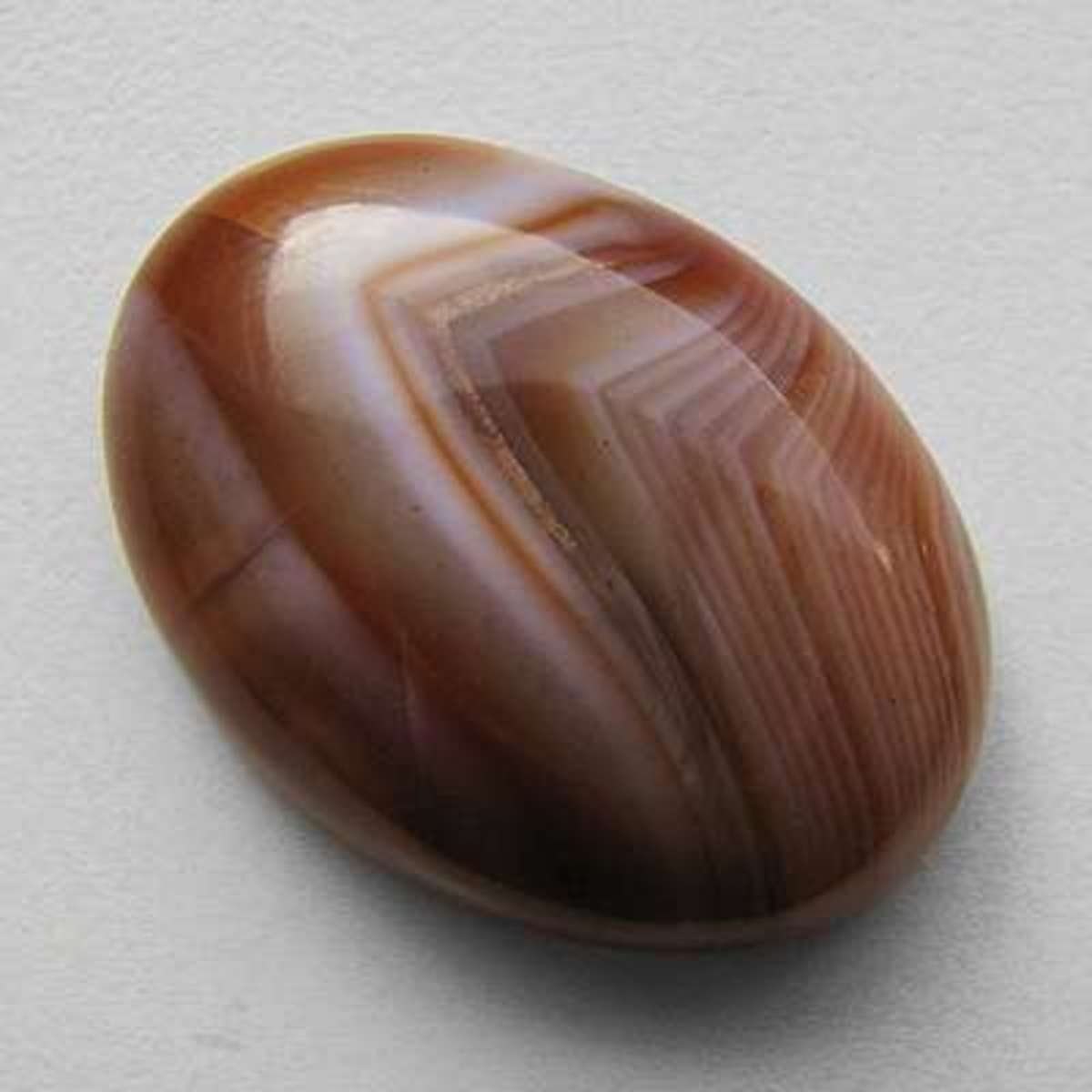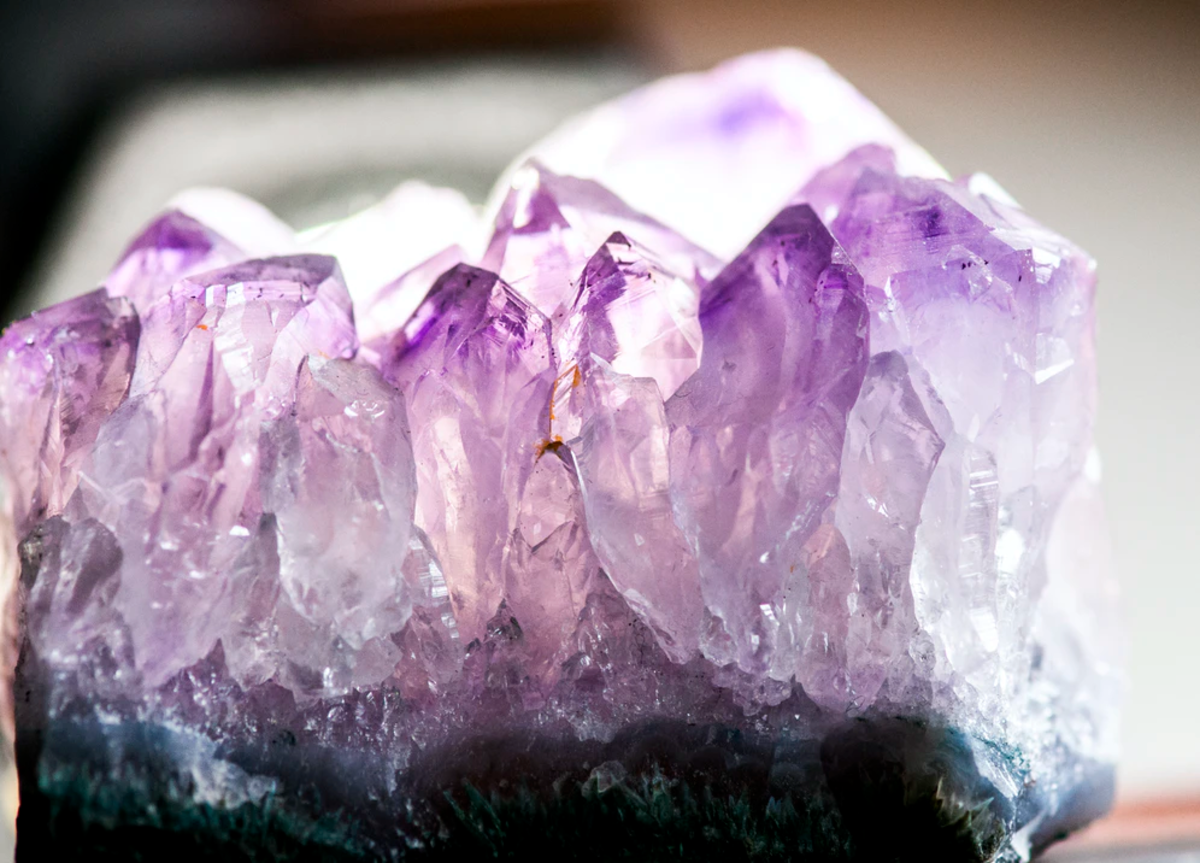Cat's Eye Chrysoberyl
Chrysoberyl
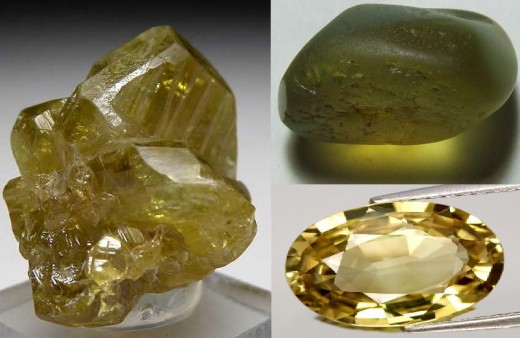
What is Chrysoberyl
The gemstone or mineral chrysoberyl, is an aluminate of beryllium with the formula BeAl2O4. The name of the stone comes from the Greek words ‘chrysos’ and ‘beryllos’, meaning “a gold-white spar”. Although there is similarity between the names of chrysoberyl and beryl, but two of them are completely different gemstones. Chrysoberyl is much harder than beryl, it has hardness of 8.5 according to Mohs scale of hardness. Chrysoberyl is the third hardest frequently encountered natural gemstone (it is positioned only between corundum and topaz). The cut stones therefore retain a polish well. Compared to diamonds, chrysoberyl’s specific gravity is somewhat greater (being 3.5 to 3.8). Its refractive index range is between 1.746 and 1.755 (spot 1.75). Chrysoberyl was found in 1789 by Abraham Gottlob Werner (a German geologist), the gem was described and named by him in 1790.
Chrysoberyl Jewelry
Chrysoberyl Properties
Unlike beryl, chrysoberyl contains no silica in its composition, but is composed of glucina and alumina. It crystallizes in the system of orthorhombic, and often forms twins which are so united as tto make a 6-rayed stellate crystal, or 6-sided prisms. The stone has a prismatic cleavage and conchoidal fracture. Chrysoberyl has vitreous luster, tending to oily and is brilliant. The mineral is infusible, and is not attacked by acids. The gem usually present some shade of green, tending at times to yellow or brown.
Variety of Chrysoberyl
Ordinary yellow chrysoberyl, cymophane or cat’s eye and alexandrite are the three main variety of chrysoberyl. Ordinary chrysoberyl, also known as chrysolite, or oriental chrysolite, has a color of yellowish-green to smoky-brown, and is employed as a gemstone only when it is transparent. Cat’s eye is a name given to a translucent yellowish chatoyant chrysoberyl (cat’s eye is also known as cymophane). Alexandrite is a variety of chrysoberyl which displays a color change (also called alexandrite effect) dependent upon light, along with strong pleochroism.
Chrysoberyl Cat's Eye
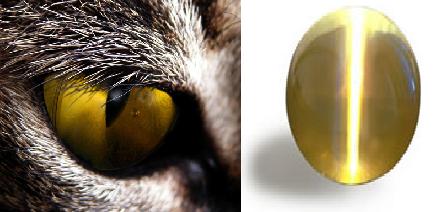
Chrysoberyl Cat's Eye
Cats eye is the translucent honey-yellow to brownish or greenish yelow chatoyant chrysoberyl. When cut into cabochon, the stone displays a mobile streak of light that runs length wise from one end of the gem to the other (this effect also known as chatoyancy). Chatoyancy arises either from the material that has a fibrous structure, as seen in tiger eye quartz, or from fibrous cavities or inclusions within the stone, as seen in chrysoberyl cat’s eye. The chatoyant of chrysoberyl cats eye is also known as ‘cymophane’. The word comes from Greek which means “wavelike form”. This gem is known by various names in India, such as ‘lasunia’, ‘vaidhuriya’, ‘ketu’, and ‘bidalaskh’. The chatoyancy is displayed not only by chrysoberyl cat’s eye, other minerals such as spinel, quartz, corundum, tourmaline, scapolite, etc also have this kind of characterisic. The industry designates these gemstones as sapphire cat’s eye, ruby cat's eyes, or quartz cat's eyes etc and only the chrysoberyl gemstone can be reffered to as cat's eye with no other designation.
Alexandrite Gemstone
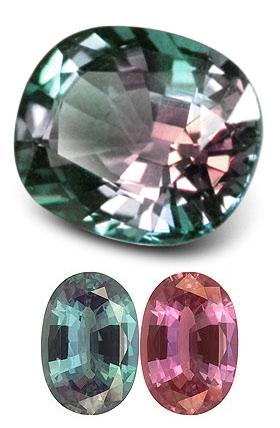
Alexandrite Gemstone Facts
Alexandrite is the chrysoberyl variety which displays a color change as a functtion of the light source. The presence of chromium is the one which responsible for the color change in alexandrite. The color can also shift deppending on your viewing angle, this phenomenon is called as pleochroism. Stones with a weak change or better are categorized as alexandrite, while stones with faint change are categorized as simply chrysoberyl. Blue-green (in daylight) and purplish-red (under incandescent light) are the two main colors that normally alexandrite has. The color change can happen because the impurities of alumunium in the stone being displaced by chromium oxide. Its rarity is due to the specific chemical composition that is needed for the gemstone to make color changing in different light. In addition to titanium and iron, alexandrite is made of chromium. It is chromium and possibly vanadium element which transforms the colorless transparent alexandrite to one with color-changing properties.
Alexandrite was discovered in 1831, in the emerald mines of Russia. The gemstone was named for the leader of Russia at that time, Czar Alexander II. Because of the red and green hues inside the stone, alexandrite became the national stone of Russia. Today, the primary source of alexandrite is still Russia, although stones are being unearthed in Tanzania, Brazil, Burma, Zimbabwe and Madagascar. Alexandrite has also been found in India in the past decade. Because of the color changing ability and their extreme rarity, this makes alexandrite one of the most expensive gemstone in the world.
Related Topics
- Chrysoberyl Cat's Eye
More information about chrysoberyl cat's eye. - Tiger's Eye Gemstone
Another beautiful stone that produce the 'cat's eye' effect. - Zodiac sign of Gemini
Chrysoberyl Cats eye is the lucky stone for those born under the sign of Gemini - Gemstones and Birthstones Online Store
Recommended Jewelry Products and supplies

